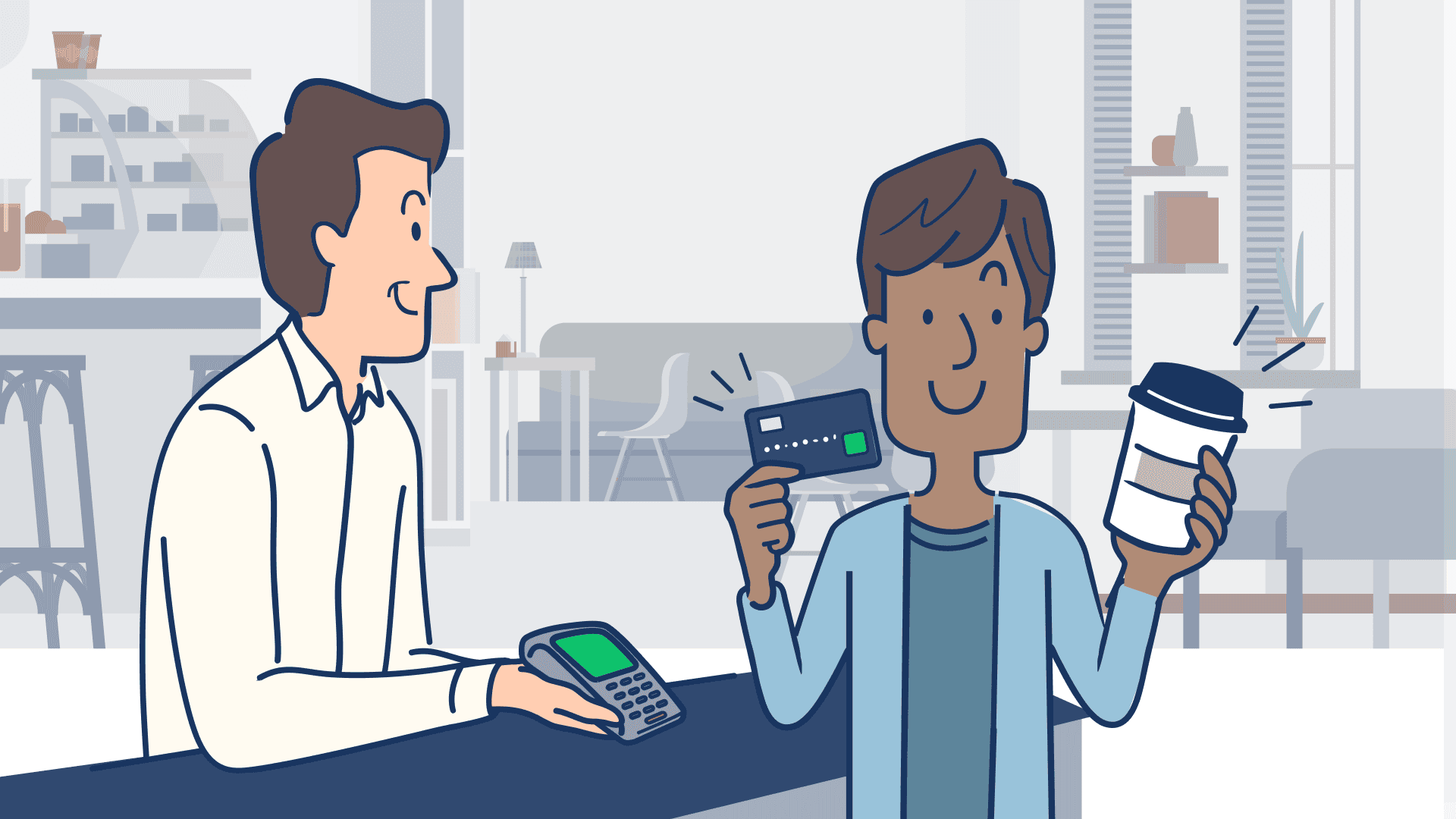Time to read : 2 Minutes
Whether it’s buying your daily coffee, dining out or shopping at your local small business, have you ever questioned why the charges on your bank statement are more than what you were asked to pay?
Chances are if you’re paying by card, you’re getting slugged a surcharge with each transaction. And these charges are adding up every day.
According to the Reserve Bank of Australia (RBA), we’re paying close to a billion dollars each year in payment processing fees. Gulp!
Is it legal for retailers to charge processing fees on card transactions?
The short answer is yes, it’s legal – if you decide to use a card instead of paying by cash.
Following the 2019-21 Review of Retail Payments Regulation, the RBA introduced Least-cost routing (LCR). Essentially, this means that when you pay with a dual-network debit card, the retailer can send the transaction via the debit network that costs the least.
So if the retailer chooses not to route via Eftpos – which charges the cheapest fees – the transaction will be sent via the default network, and the surcharge could be greater for you.
If you prefer to tap and go, it can automatically be routed to Visa or Mastercard, which charges more.
What are the surcharges?
Large retailers tend to absorb the fees, however smaller businesses tend to pass them onto customers. The cost of the surcharge depends on where the cost is routed to.
Transactions using Eftpos generally carry the lowest fees of 0.3-0.5%. You can select the CHQ or SAV button to choose this.
Visa and Mastercard debit surcharges range from 0.5-1%, while their credit charges are around 1-1.5%.
The average processing fee for Diners Club is 1.7% and American Express is 1.3%, and the fees with these cards are not regulated in Australia.
The RBA’s response
Currently, only 64% of business terminals are enabled with LCR, and the RBA is not happy. As such, RBA governor Michele Bullock has set an 80% target by June 2024, for retailers to adopt LCR. Failing this, the RBA is threatening to mandate the industry to LCR.
The bottom line
So how can you save on surcharges? Paying with cash – while may not be convenient – is really the only way to avoid these charges.
For most of us who tap and go, we will get hit. Swiping takes a few seconds longer but it allows you to pay via Eftpos for the lower fee.
And if you feel strongly about it, you can always chat to your local cafe or retailer to see if they can get an LCR terminal.


































